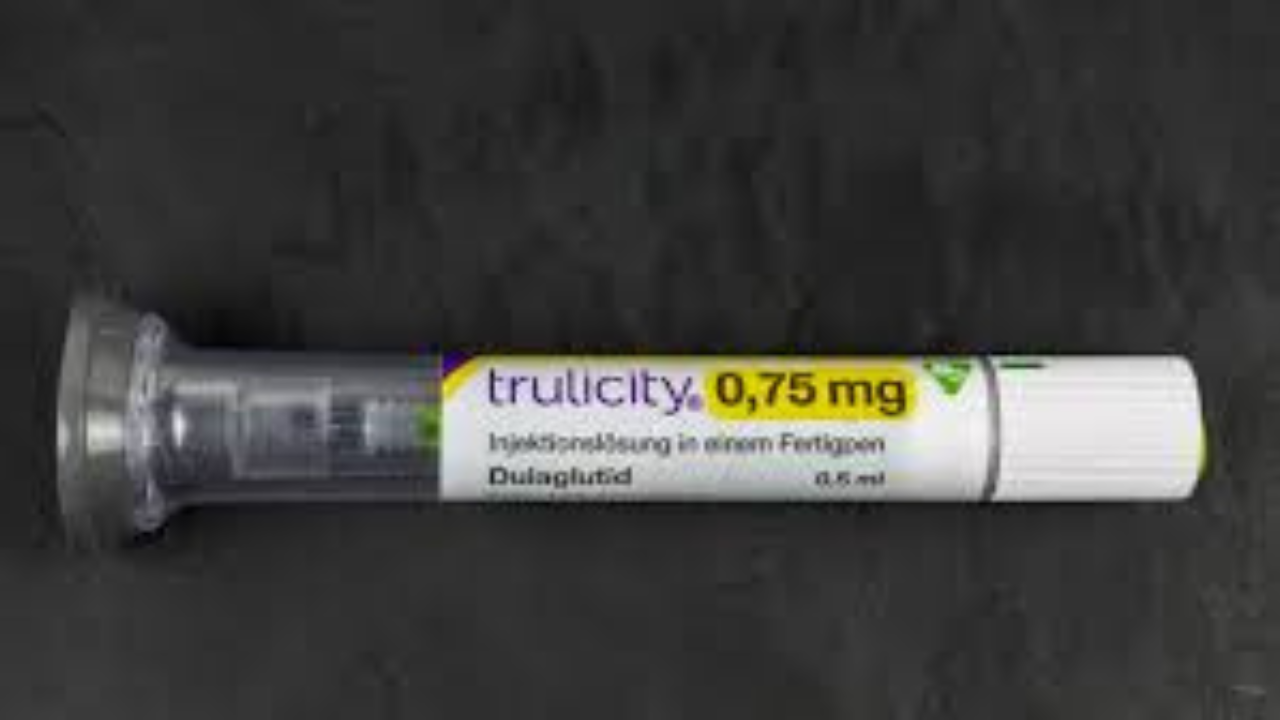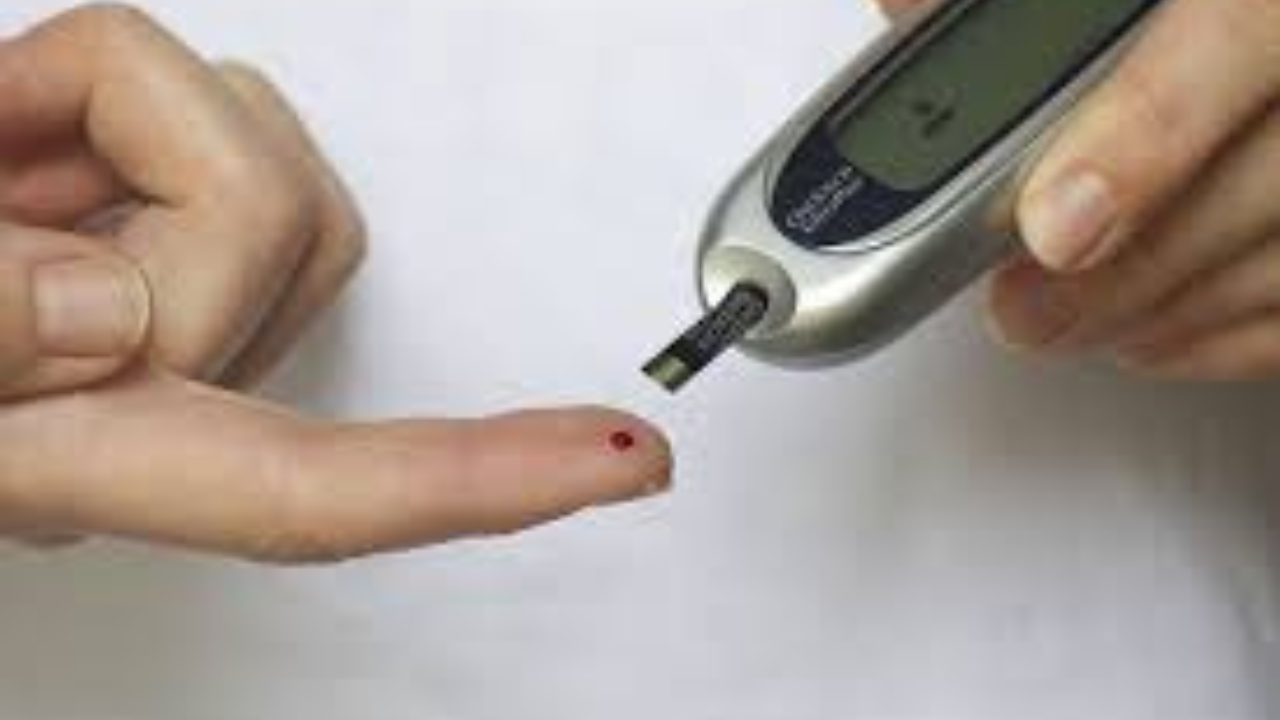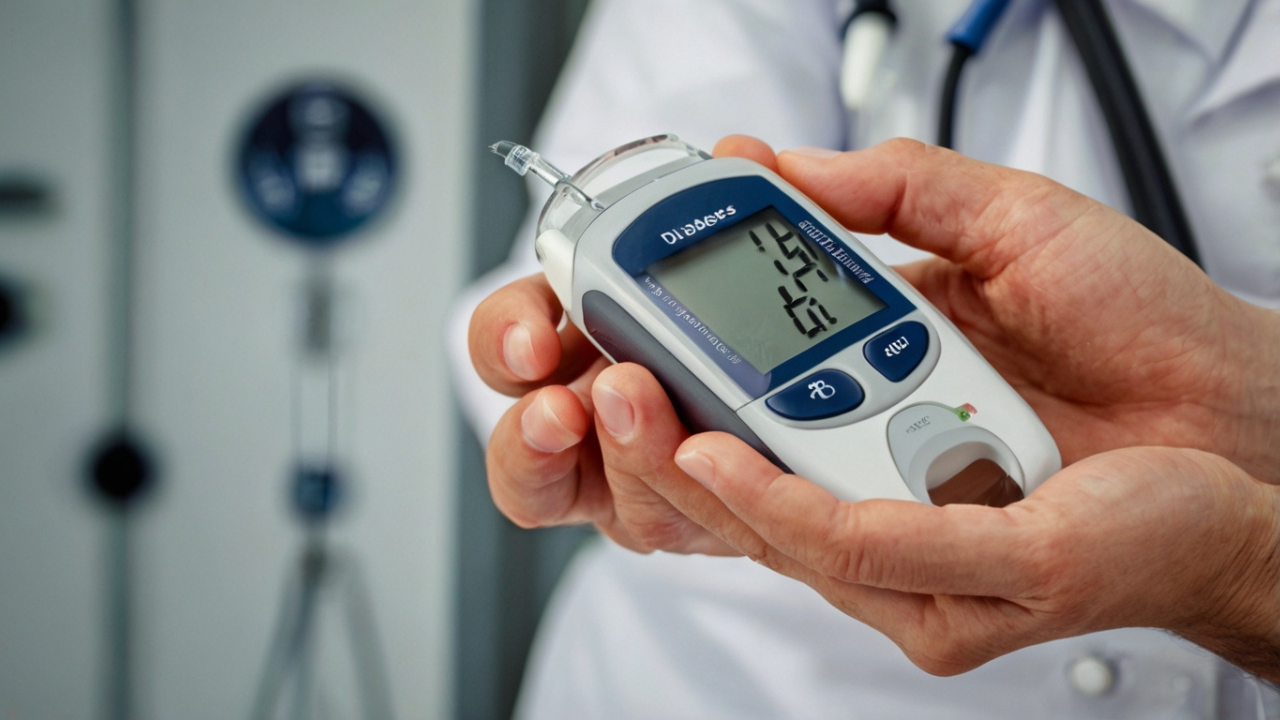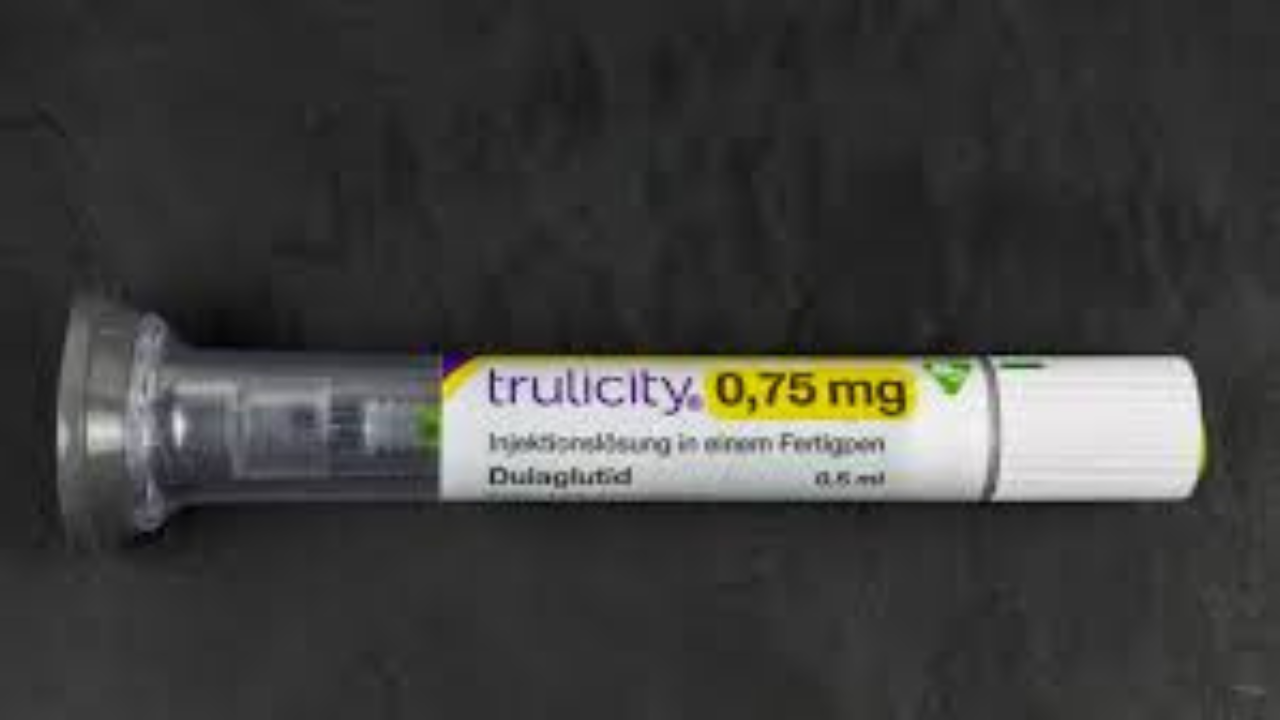What are the side effects of Trulicity?
What are the side effects of Trulicity? Common side effects of Trulicity Trulicity is a commonly prescribed medication for managing diabetes, but it may come with some common side effects. These side effects are typically mild and may include gastrointestinal symptoms such as nausea, diarrhea, and stomach pain. It is important to note that these









